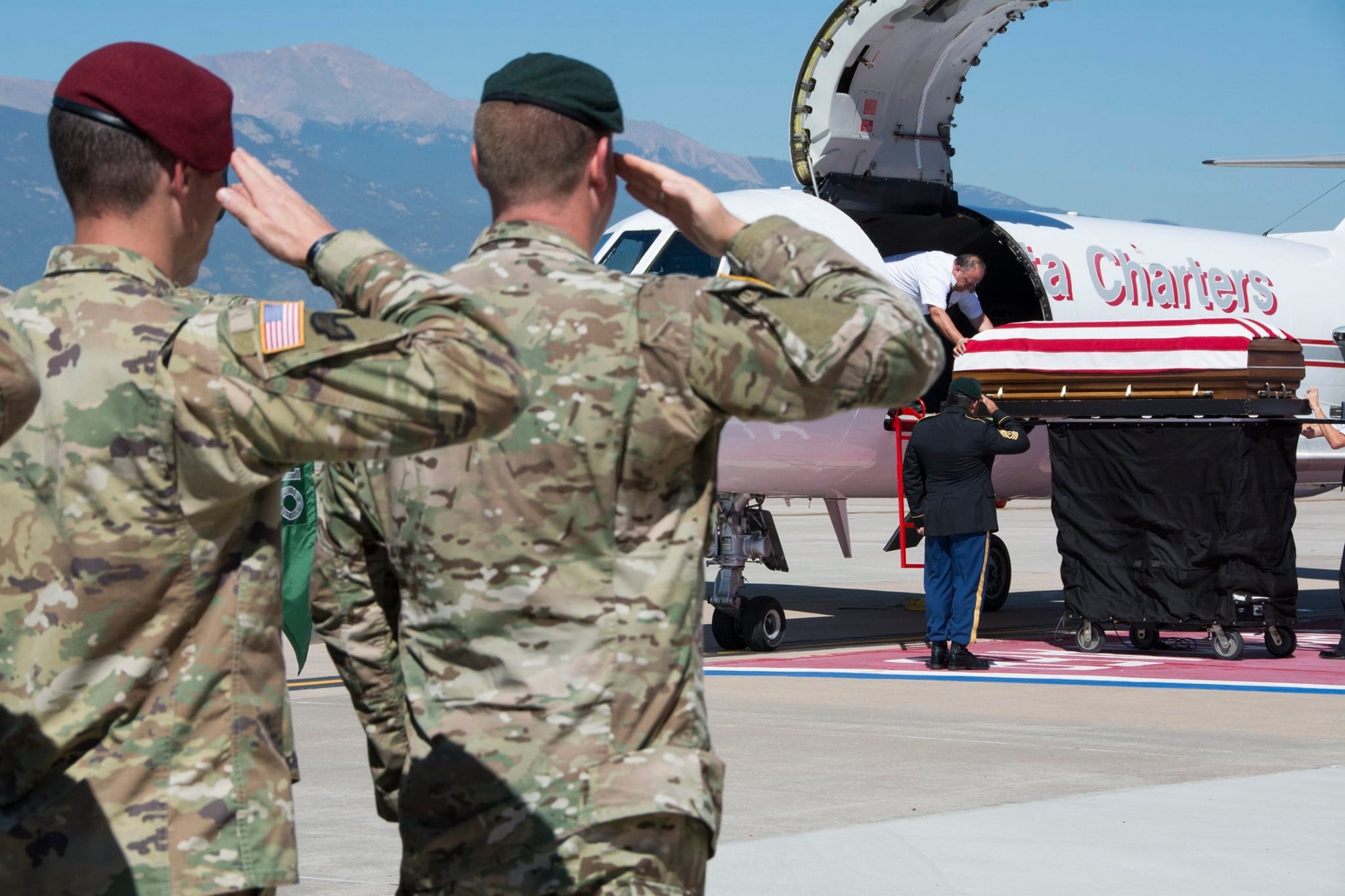The general serving as the number two for the secretive Joint Special Operations Command will be moving to lead the Army’s division-level 1st Special Forces Command, the service’s chief of staff announced Thursday.
Maj. Gen. John W. Brennan Jr. will now have oversight of seven Special Forces groups, two psychological operations groups, a civil affairs brigade and a sustainment brigade on Fort Bragg, North Carolina.
The command totals more than 22,000 personnel, with troops stationed and deployed in more than 70 countries, according to the overarching Army Special Operations Command.
Brennan was only tapped to serve as JSOC’s deputy commander, also located on Fort Bragg, in June.
Prior to that, he served as deputy commanding general for operations at the 101st Airborne Division at Fort Campbell, Kentucky. In 2018, Brennan also led NATO’s Resolute Support forces in eastern Afghanistan during a push against that country’s Islamic State offshoot in Nangarhar province.
Brennan will be taking over the division-level command during a somewhat transformative period for the Army’s Green Berets. Training for the coveted career field was revamped this fall.
The departing leader of 1st Special Forces Command, Maj. Gen. E. John Deedrick Jr., told The Associated Press that he wanted soldiers to come out of the grueling Special Forces Qualification Course with a better foundation of basic skills that can be sharpened at Group, rather than a “Swiss Army knife that can do a little bit of everything but isn’t real good.”
That sentiment was echoed in an Army Special Operations Command strategy released in mid-October. The document details how special operations soldiers must “get back to the basics,” which include comprehensive fitness, battlefield maneuvering, land navigation and weapons expertise.

It also means decreasing soldiers’ reliance on command and control systems that will inevitably be jammed or spoofed during a war with a peer adversary, and instead to increase focus on aspects of war like the information environment.
The emerging focus on war with peer adversaries has also necessitated a shift in how the Army’s special operations troops work abroad. Green Berets, many of whom joined the force during the Global War on Terror, are renewing their focus on training partner forces on the periphery of Russia and China.
“While ARSOF must modernize to survive and thrive on the increasingly lethal multi-domain battlefields of Europe and Asia, we will remain engaged in the Middle East, Africa, and Latin America — regions that provide access to adversary weakness and opportunity for strategic competition,” the strategy document reads.
RELATED

The strategy paints a picture in which Army special operators prime the battlefield before a conflict even begins by attracting new partner nations through training arrangements, countering coercion and subversion and raising the costs for adversaries to act.
If war with a peer adversary were to start, the strategy says that those conditions enable a rapid transition to armed conflict. At that point, Army special operators would shift to irregular warfare that “delays and degrades enemy advances through unilateral action or with partner forces,” the strategy document reads.
As the operational owner of all Green Berets, 1st Special Forces Command will be a fundamental part of the new strategy.
But with combat operations still ongoing in the Middle East, and countering violent extremists still a key mission in Africa, the command won’t have the luxury of completely forgetting the counter-insurgency wars of the past decade-plus.
To date, nine Green Berets have been killed in combat this year. With the exception of one killed by an improvised explosive device in Syria’s Manbij region, all died in Afghanistan fighting insurgent groups.
Kyle Rempfer was an editor and reporter who has covered combat operations, criminal cases, foreign military assistance and training accidents. Before entering journalism, Kyle served in U.S. Air Force Special Tactics and deployed in 2014 to Paktika Province, Afghanistan, and Baghdad, Iraq.




